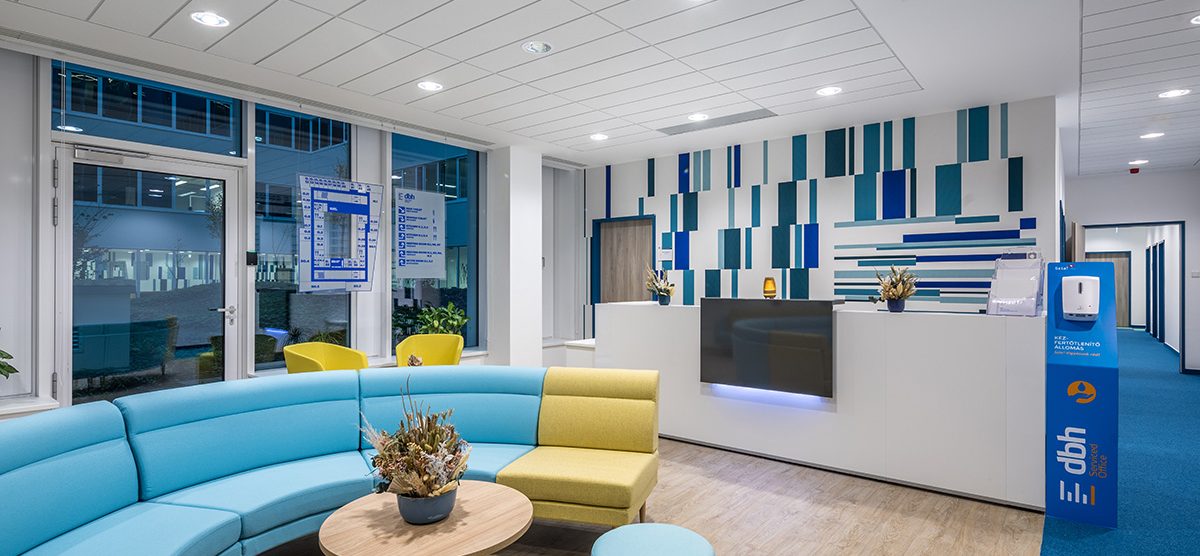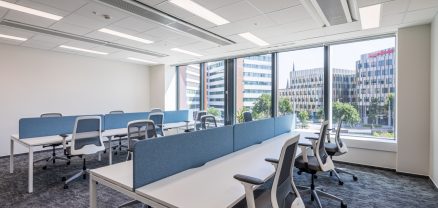How the Four-Day Workweek Impacts Office Space Demand
The shift to a four-day workweek is gaining traction globally as businesses and policymakers explore innovative ways to improve productivity, work-life balance, and job satisfaction. While the concept is not new, its accelerated adoption – spurred by changing attitudes toward work after the pandemic – has profound implications for businesses. One significant consideration is how a reduced workweek affects office space demand and usage.
This blog dives into the growing movement toward the four-day workweek, the impact it has on office rentals and workspace utilization, case studies of companies leading the charge, and projections for the future of office leasing.
The Rise of the Four-Day Workweek
A Global Movement Toward Change
The four-day workweek is no longer just a wishful idea but a tangible workplace innovation. Businesses and governments worldwide are starting to trial or adopt this model in pursuit of improved efficiency and happier employees. Advocates argue that reducing the workweek without affecting employee compensation or productivity creates a more sustainable and satisfying work culture.
For example, multiple pilot studies – including a 2022 program facilitated by 4 Day Week Global – found that participants reported higher job satisfaction, improved mental health, and sustained or higher productivity. Key reforms in countries like Iceland, New Zealand, and Spain have also highlighted potential societal benefits, influencing an increasing number of governments and corporations to consider this new standard.
Why It’s Becoming More Prevalent
- Work-Life Balance: Employees are increasingly prioritizing their personal lives and mental health, with fewer workdays being a natural remedy.
- Technology-Driven Efficiency: Automation and remote work technologies enable teams to accomplish the same workload in fewer hours.
- Shift in Employer Mindset: Companies are starting to realize that happier employees translate to better performance and retention.
This new paradigm isn’t just transforming work schedules; it’s also reshaping physical workspace needs.
How the Four-Day Workweek Affects Office Rentals and Workspace Usage
Declined Need for Traditional Workspaces
If employees work fewer days in physical offices, the obvious result is a reduced need for traditional office spaces. Businesses may find themselves questioning the value of maintaining underutilized spaces, leading to a strategy of downsizing or reconsidering lease agreements.
Trends show that:
- Office density is decreasing: With fewer days spent in-office, businesses are opting for smaller spaces and more flexible arrangements.
- Shared spaces are rising: Companies are exploring coworking spaces and flexible lease options to reduce overhead costs.
- Technology accelerates hybrid models: With tools enabling seamless remote collaboration, a physical office is no longer a necessity every day of the week.
Changes in Workspace Design
Rather than renting old-fashioned cubicles and dedicated desks for numerous employees, companies are rethinking layouts to prioritize flexibility:
- Hot-desking: Spaces are designed to allow employees to book desks only when needed.
- Collaboration zones: Offices increasingly incorporate communal areas instead of individual workstations to encourage team meetings during in-office days.
- Amenities-focused spaces: Companies are investing in well-being features – including wellness rooms and snack bars—to make limited office visits more appealing to their workforce.
Lease Negotiations and Market Readjustments
The growing demand for shorter office leases or nontraditional spaces poses challenges and opportunities for the commercial real estate market. Landlords may face increased pressure to adapt terms, while companies can leverage these shifts for favorable deals on flexible leases. Some may seek to consolidate office footprints or avoid long-term commitments altogether.
Predictions for the Future of Office Leasing
Long-term Trends in Office Demand
If the four-day workweek continues to gain momentum, here are several predictions for commercial real estate:
- Less overall demand for full-time office spaces: Employers might opt for smaller headquarters or hub-and-spoke models to accommodate a workforce dividing time between home and office.
- Innovative real estate strategies: Landlords will have to adjust pricing structures and add attractive amenities to office complexes to create physical spaces that serve the evolving workforce.
What This Means for Business Owners and HR Professionals
Adapting to the four-day workweek goes beyond scheduling changes – it has profound implications for physical workspace and costs. To stay competitive, organizations need to rethink how they approach office layouts and leases. HR leaders and business owners should work collaboratively to create agile, efficient real estate strategies that align with modern work expectations.
For property owners and policymakers, this shift offers an opportunity to reshape urban space use and invest in multi-functional commercial hubs.

Do not hesitate to contact us
Get in touch, if you have any question

